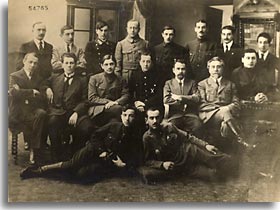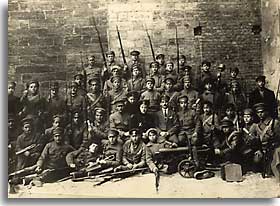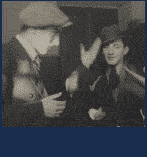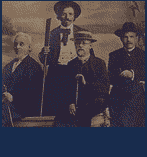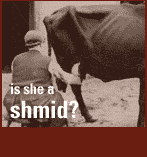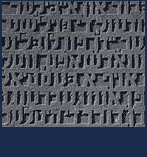

Plurality and Pogroms
Some cultural integration into the larger Russian society did exist for Jews in diverse and polyglot Odessa. But for the most part Odessa's many ethnic groups tended to keep each to their own. They maintained their individual mother languages - Yiddish, Ukrainian, Greek - and formed their own cultural institutions. One exception to this rule was the general enthusiasm for Opera, a cultural obsession that crossed ethnic lines. When Italian singers came to the city to perform, Odessa's opera enthusiasts banded together in support of one diva or another, naming their groups after that diva. Whereas Greeks and Italians would often agree on one favorite diva, Jews rallied behind another!
Unfortunately in the larger breadth of Odessa's history, ethnic tensions were rarely resolved so peacefully. As numbers of Jews increased during the 19th century, and as their economic visibility grew, they periodically became the targeted victims of well-organized campaigns of violence. Virtually every sector of the larger Christian populace participated in this violence including Greek exporters, Ukrainian intellectuals, Russian businessmen, and czarist authorities exploiting the angers and fears of scapegoat-hungry mobs.
The first pogrom (meaning "devastation" in Russian) occurred in 1891 in Odessa. The last pogrom in the city was in 1905, a gruesome massacre lasting four days and claiming hundreds of Jewish lives. This conspiracy of violence repeatedly visited upon Jews in Europe was the final proof for many Odessa Jews that they would never be welcome asfull citizens, and lent tremendous credibility to the burgeoning Zionist movement.







